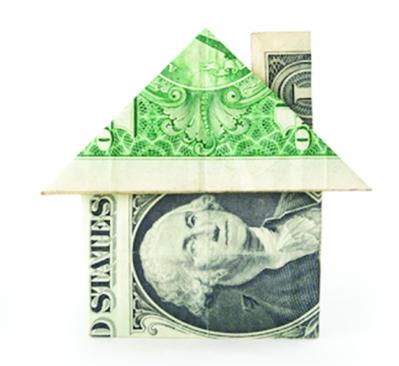
In many cases of domestic violence, financial abuse is one of many tactics used by an abusive partner to exert power and control in the relationship. It might include controlling how money is spent, withholding money or giving an allowance, not allowing a partner to work or earn money, stealing their partner’s identity or credit, ruining their partner’s credit, depleting available assets, and more.
Financial abuse can have an immediate impact on a survivor’s life – further isolating her, undermining her autonomy – and can also have long-term and far-reaching consequences, often trapping a survivor in poverty and interfering with her future economic stability.
As advocates, we know that poverty increases risk and vulnerability for those living in it; and it is therefore critical that we have at least a foundational understanding of how money and finances work. For example, a low credit score equals increased risk to a potential lender and consequently, higher interest rates and costs to the borrower. This means that survivors often pay more because of bad credit, despite being among the least able to afford that. In addition, the world of credit has drastically and rapidly changed over the years, both in terms of access and use. Understanding and devoting resources to credit building and repair is critical to survivor’s long-term security.
Additionally, access to traditional Individual Development Accounts (IDAs) and non-traditional Match Savings accounts can offer survivors the opportunity they need to jumpstart their personal asset building and begin to recover from the impacts of financial abuse. While many domestic violence programs or service providers may not have the infrastructure to actually provide these and other economic opportunities, understanding how they work is a key component of advocacy.
One of the most exciting endeavors in the economic justice field is combining the world of micro-lending and credit building. Small no- or low-interest loans for the sole purpose of credit repair coupled with thoughtful re-payment policies is quickly and dramatically changing the economic status of many survivors and their families.
The goal of this special collection is to help advocates better understand these important topics, how they intersect with each other, and how they can be leveraged to better support survivors.
Special thanks to Kim Pentico, Director of the Economic Justice Program at the National Network to End Domestic Violence, for her assistance in framing this updated collection, and to Anna Melbin, Founder of Catalyst Consulting and Training, for originally developing the Asset Building and IDA portion of this collection in partnership with the National Resource Center on Domestic Violence.









